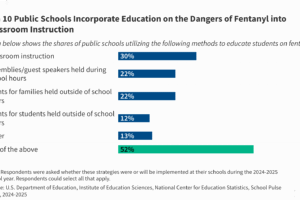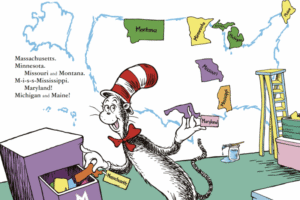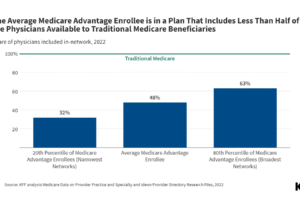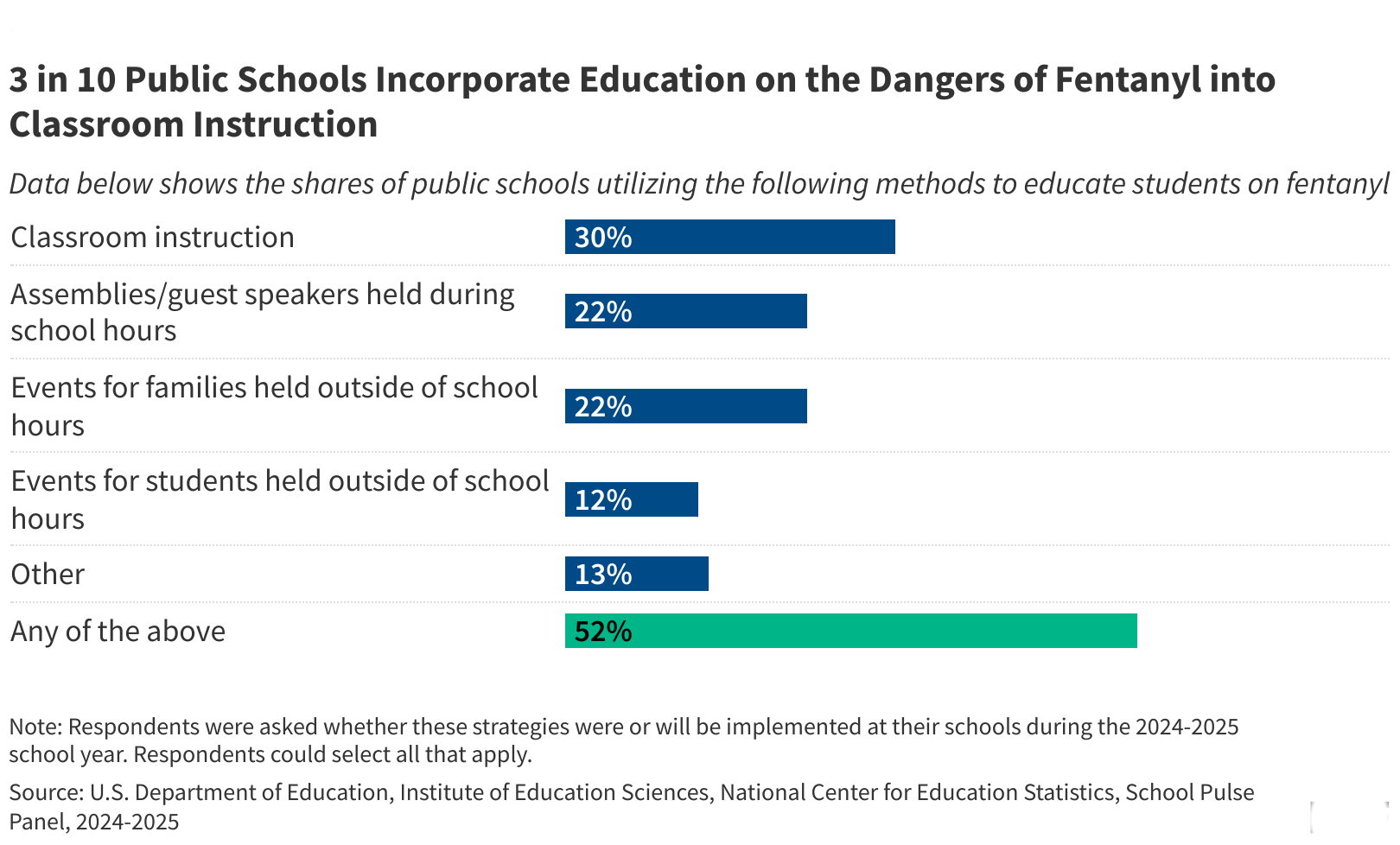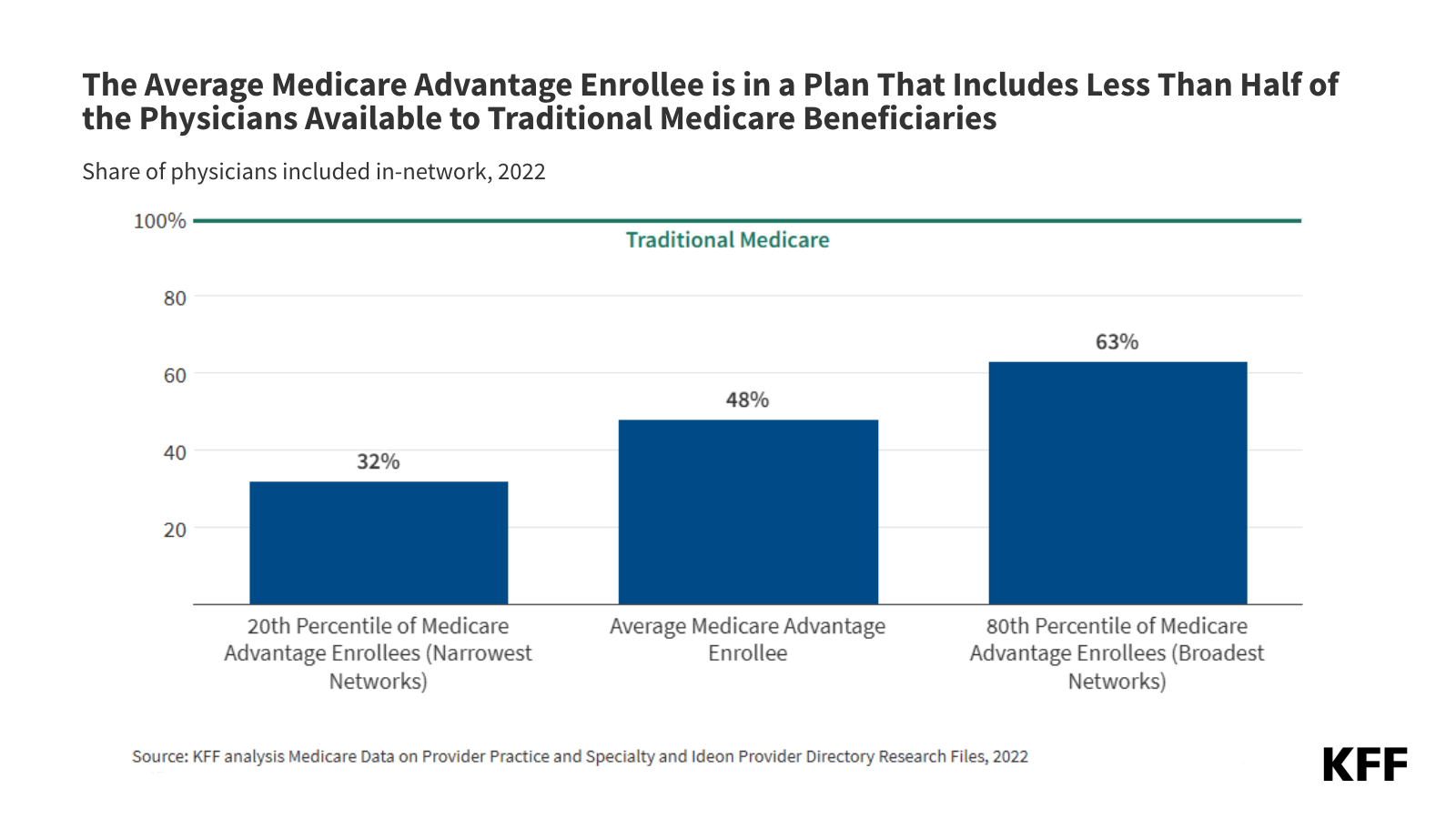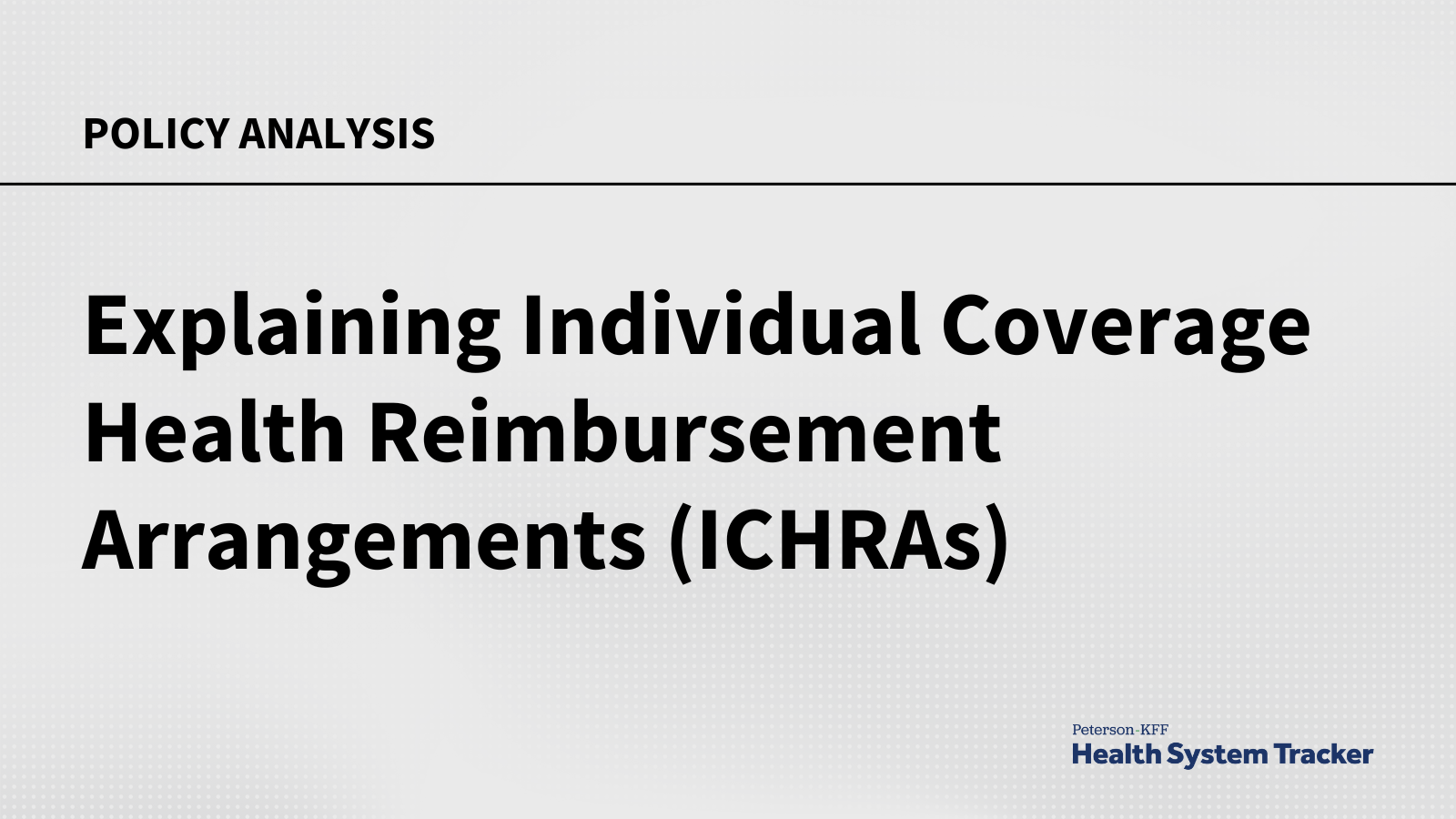With the onset of the COVID-19 pandemic, deaths due to drug overdose among adolescents more than doubled, primarily driven by the synthetic opioid, fentanyl. National survey data show that while the percent of adolescents (ages 12-17) with a past year substance use disorder decreased from 2021 to 2024, the share of adolescents with a past year opioid use disorder remained stable over the same period. Additionally, less than one-third of adolescents with a past year opioid use disorder reported receiving any treatment. In recent years, many schools have incorporated measures to address the fentanyl crisis. Further, nearly 7 in 10 adolescents reported receiving substance use disorder and prevention education at school and over 480,000 adolescents received substance use treatment at school in 2023, underscoring how schools can serve as an access point for these services among youth.
This analysis examines trends in drug overdose deaths among adolescents from the latest data from the Centers for Disease Control and explores the steps public schools took in the 2024-2025 school year to combat drug overdose due to fentanyl by drawing upon survey data from the School Pulse Panel.1 The School Pulse Panel is a study by the National Center for Education Statistics and the U.S. Census Bureau that surveys schools monthly on a variety of topics, including drug overdose prevention services.
Total drug overdose death rates among adolescents sharply increased alongside the COVID-19 pandemic, before slowing in 2023; with the fastest increases in these deaths seen among children of color (Figure 1). In 2019, 1.1 per 100,000 adolescents (or 282 adolescents total) died by drug overdose, before increasing to 2.8 in 2022 (or 721 adolescents total). Although there has been a recent decline, drug overdose death rates remain higher than pre-pandemic rates (1.7 in 2024 or 441 adolescents total). White adolescents continue to account for the largest share of adolescent drug overdose deaths (50% in 2024); however, Black and Hispanic adolescents have experienced the fastest increase in these deaths in recent years.
Among public schools in the 2024-2025 school year, nearly 3 out of 4 public school administrators reported that some or all of their staff are trained to recognize a drug overdose. Specifically, 30% of administrators reported that all of their teachers and staff are trained and 44% of administrators reported that some of their teachers and staff are trained (Figure 2). However, 16% of administrators reported that none of their staff are trained.
Fifty-two percent of public schools reported offering fentanyl education to students in the 2024-2025 school year using several methods (Figure 3). The most common type of fentanyl education is provided through classroom instruction (30%), followed by school assemblies (22%) and events held for school families (22%).
Seventy-seven percent of public schools reported storing naloxone – a nasal spray to reverse opioid overdose – on campus (Figure 4). In light of the fentanyl crisis, measures were taken to improve access to naloxone. An analysis of large school districts across the U.S. found that by 2023, there was an increase in the percent of districts stocking naloxone; however, some districts did not have plans to do so. Currently, several states, including Illinois, Rhode Island, Washington, and Arkansas, have mandates for schools to stock naloxone. California’s Department of Health Care Services provides naloxone for free to schools through an application process. Many other states recommend or at least allow schools to stock naloxone on campus and administer if needed.
Some schools are more likely than others to store naloxone – for example, schools with fewer students of color were more likely to store naloxone than schools with a higher population of students of color (Figure 4). Specifically, schools in which less than 25% of students were students of color were more likely to store naloxone than schools in which more than 75% of students were students of color (79% vs. 71%). This is consistent with research that suggests that compared to White people, Black people may have limited access to naloxone. Similar trends in schools storing naloxone were seen with schools in lower poverty neighborhoods compared to higher poverty neighborhoods (78% vs. 72%), middle and high schools compared to elementary schools (82% and 89%, vs. 69%), and schools with 1,000 or more students compared to smaller-sized schools.
Among school staff, nurses, security personnel, and administrative staff are most likely to be trained to administer naloxone in the case of an emergency (Figure 5). In the 2024-2025 school year, 1% of public schools reported that naloxone was administered at school or during a school event.


